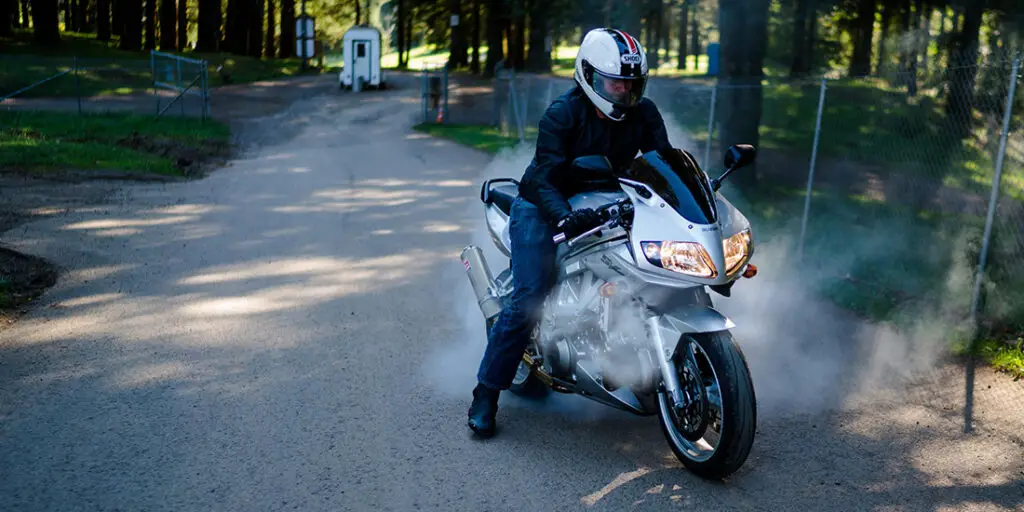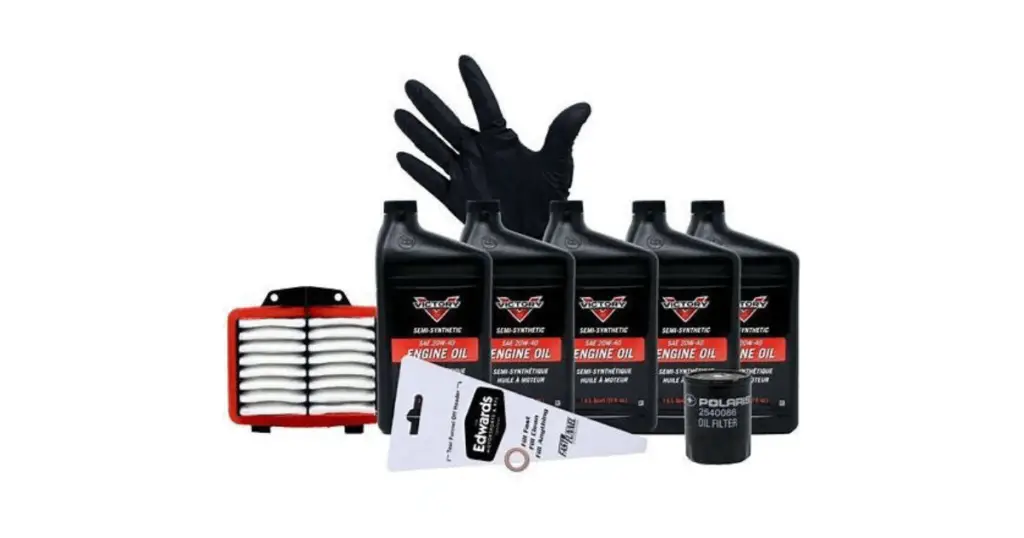Navigating the open road on a motorcycle is an exhilarating experience, but just like any powerful machine, your two-wheeled companion is not immune to mechanical issues. Overheating is a common adversary that riders may face, particularly during the sweltering heat of summer. The roar of the engine and the thrill of acceleration can quickly be dampened when your motorcycle begins to overheat, posing potential risks to both the rider and the machine.
In this comprehensive guide, we will unravel the mysteries of motorcycle overheating, helping you to understand the why’s, the what’s, and the how’s of this pressing issue. From identifying early warning signs to exploring preventative measures, we’ve got you covered, ensuring that your rides remain smooth, safe, and thoroughly enjoyable. So, buckle up and let’s dive into the world of motorcycle maintenance, as we tackle the hot topic of overheating and keep your passion for riding burning bright—without the unwanted heat!
So Why Is My Motorcycle Overheating, You Ask?
The majority of motorcycle engines use an internal combustion process, where fast-moving metal parts generate power. These parts, as they move against each other, also produce heat due to friction. To manage this heat, motorcycles employ either an air-cooled or a liquid-cooled mechanism, with the latter using a mixture of oil and radiator coolant, and the former relying on airflow and engine oil.
If your motorcycle is constantly overheating, it might be a result of:
- Running on poor quality or insufficient engine oil
- An improperly functioning cooling system
- An air-fuel mixture that’s too lean or rich
- Other mechanical issues such as damaged radiator or malfunctioning radiator fan
How Does The Cooling System Work On A Motorcycle?
The cooling system of a motorcycle is designed to dissipate the heat generated by friction and combustion within the engine. It ensures optimal engine performance and prevents long-term breakdowns.
The cooling system works by circulating coolant through the engine, absorbing the heat, and then passing it through the radiator where it’s cooled down, ready to be recirculated. This process is assisted by a radiator fan which increases the airflow over the radiator, thereby enhancing the cooling effect.
A well-functioning cooling system is crucial for maintaining the right operating temperature for your motorcycle. Any problems in this system – a malfunctioning fan, a leak in the radiator, or simply low coolant levels – can potentially lead to engine overheating.
What Are The Symptoms of A Overheating Motorcycle?
You might be wondering how to tell if your motorcycle is overheating. The following are some common symptoms that should alert you to a potential problem:

High Temperature Gauge
Modern motorcycles come equipped with a temperature gauge that monitors the internal engine temperature. If your motorcycle’s engine is running hotter than usual, the gauge will likely enter the red zone, indicating a possible overheating issue.
Strange Shifting Patterns
If your motorcycle is running on low or poor quality engine oil, you might experience difficulties when shifting gears. This could be accompanied by unusual vibrations from the engine and gearbox.
Strange Engine Noises
When engine parts lose their lubrication due to overheating, they can produce various unusual sounds. You might hear clicking, running, or metal-on-metal noises, indicating that your motorcycle might be overheating.
Reduced Performance
An overheating engine can lead to a noticeable dip in performance and throttle response. You might experience frequent stalling while riding or find that your motorcycle is not as responsive as usual.
Related: Motorcycle Sputtering On Acceleration: Diagnostics [Guide]
Steam, Smoke, or Vapor from The Radiator
If your liquid-cooled motorcycle is overheating, you might notice steam or vapor coming from the radiator. This is usually a result of coolant boiling in the reservoir and could indicate a serious overheating problem.
Radiator Fan Not Engaging
If your radiator fan is not functioning properly, the hot coolant won’t cool down upon returning to the radiator. This can result in the engine components generating excessive friction, leading to overheating.
Leaking Coolant
If you notice coolant leaking from your radiator or find coolant residue under your parked motorcycle, it’s a clear sign of potential overheating.
So, What Can You Do?
If you notice any of these symptoms, it’s important to act immediately to prevent severe engine damage. Here’s what you can do:
- Stop riding and let your motorcycle cool down.
- Check your engine oil level and quality, and replace if necessary.
- Inspect your cooling system for any faults or leaks.
- Get your motorcycle checked by a professional if you’re unable to identify or fix the problem yourself.
Positive Maintenance Practices – A Reminder

Regular maintenance is the key to preventing your motorcycle from overheating. Ensure to regularly check and change your engine oil, clean your air filter, and inspect your cooling system for any issues. Remember, it’s always better to prevent a problem than having to fix it later. Keep your motorcycle in top condition, and enjoy safe and smooth rides.